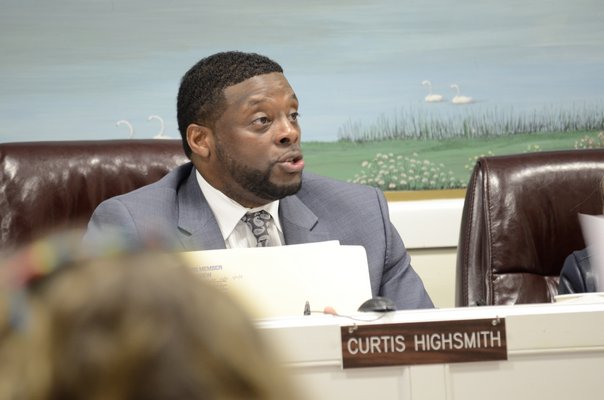
Members of the Southampton Village Board of Historic Preservation and Architectural Review last week reopened the public hearing on an application to nearly double the size of Mocomanto, a 125-year-old Victorian home on Lake Agawam in the estate section of Southampton Village.
The reason: to look into allegations that the village’s historical consultant, Zach Studenroth, overstepped his boundaries and gave private advice to the applicant’s historical consultant during the board’s review of the project. Ultimately, the board concluded that the issue was not significant enough to change the ARB’s eventual decision on the proposal.
The application for 472 First Neck Lane was first presented to the ARB in November. Ken Fox, the owner of the home, is looking to add a two-story addition to the north side of the house, along with a smaller one-story addition.
The hearing was originally closed by members of the ARB on February 26 after months of making adjustments to the proposal, going back and forth with the applicant and with neighbors who oppose the project.
According to Patrick Fife, an attorney who represents Mr. Fox’s neighbors, Mr. Studenroth afforded Joel Snodgrass, the applicant’s historical consultant, preferential treatment during the application process.
Mr. Fife said Mr. Studenroth and Mr. Snodgrass had communications that the ARB members were not made privy to. Mr. Snodgrass, he said, provided Mr. Studenroth with three sets of plans, and Mr. Studenroth provided comments on the plan he preferred.
“Whether Mr. Studenroth’s actions were inadvertent, whether they were intentional, I just think their existence calls into question the appearance of impropriety,” Mr. Fife said at the reopened hearing on Monday, April 23. “I don’t think this board would have reopened the hearing if there wasn’t at least a question raised by the communications.”
John Bennett, the attorney representing Mr. Fox, told ARB members that he objected to the decision to reopen the hearing. He said opponents were trying to cloud the record with false information.
“It is entirely common for an applicant or his consultant to hold a site visit on the property—this is done all of the time,” Mr. Bennett said. “There’s nothing wrong with it.
“The only time there is a problem with anyone meeting outside of a public hearing is when a quorum of the deciding board meets, and there isn’t a public notice and the public isn’t allowed to be present,” he added.
Mr. Studenroth was also given time to address the board about his actions, and said part of his job requires him to do site visits and communicate with the taxpaying applicant. As historical consultant to the board for the past 15 years, he said he has never found anything in the village code that prevents him from doing site visits.
“They are essential to my ability to evaluate the real impact a design proposal may have on a historic resource,” Mr. Studenroth said.
He denied doing anything wrong. “The allegations and criticism of my actions by the opposing neighbors’ counsel reveals nothing more than a consistent good-faith effort on my part,” he added.
The board briefly discussed the accusations, but it was ultimately decided that Mr. Studenroth’s actions would not sway them one way or another when deciding the fate of the application.
The hearing was closed, once again, and the board is expected to vote on a written decision on June 11.